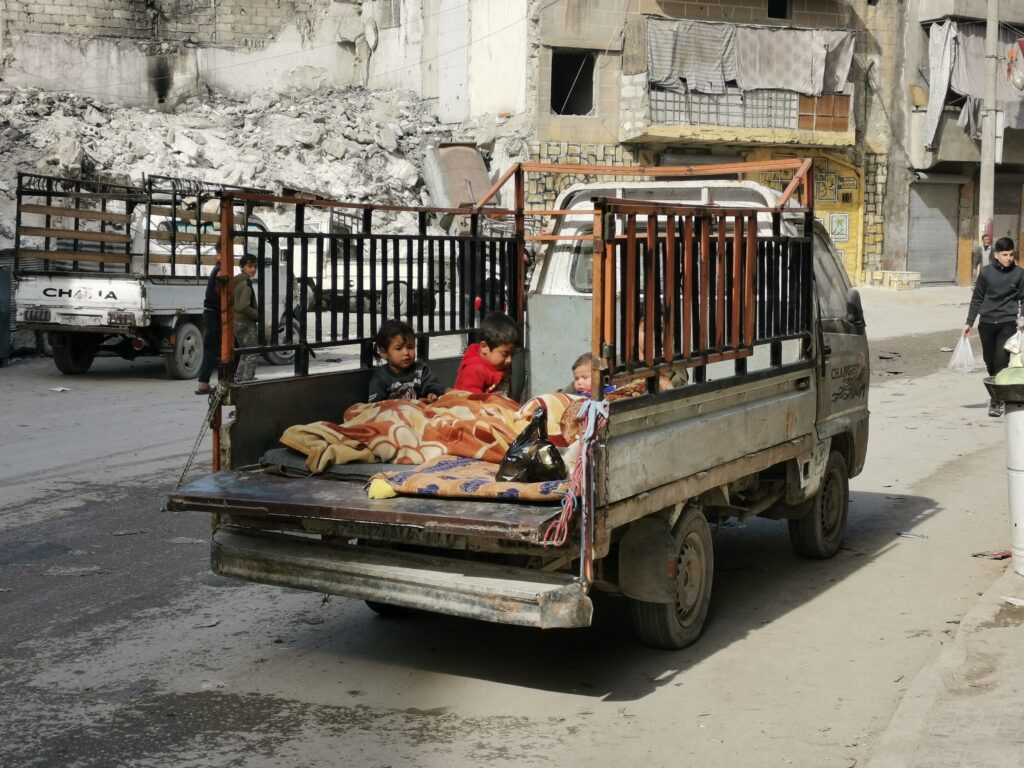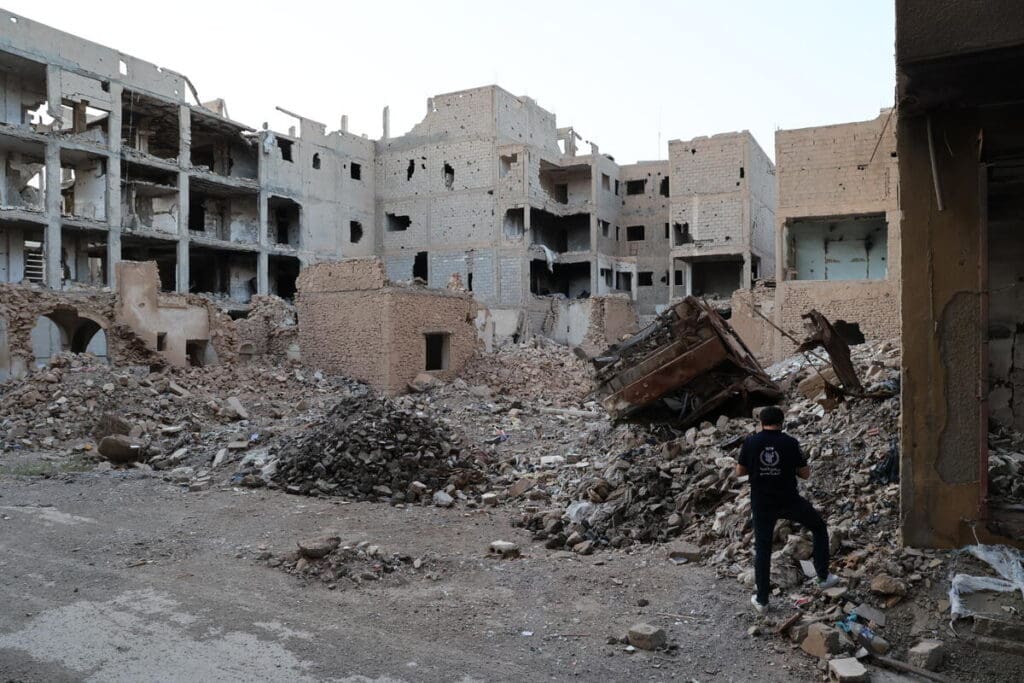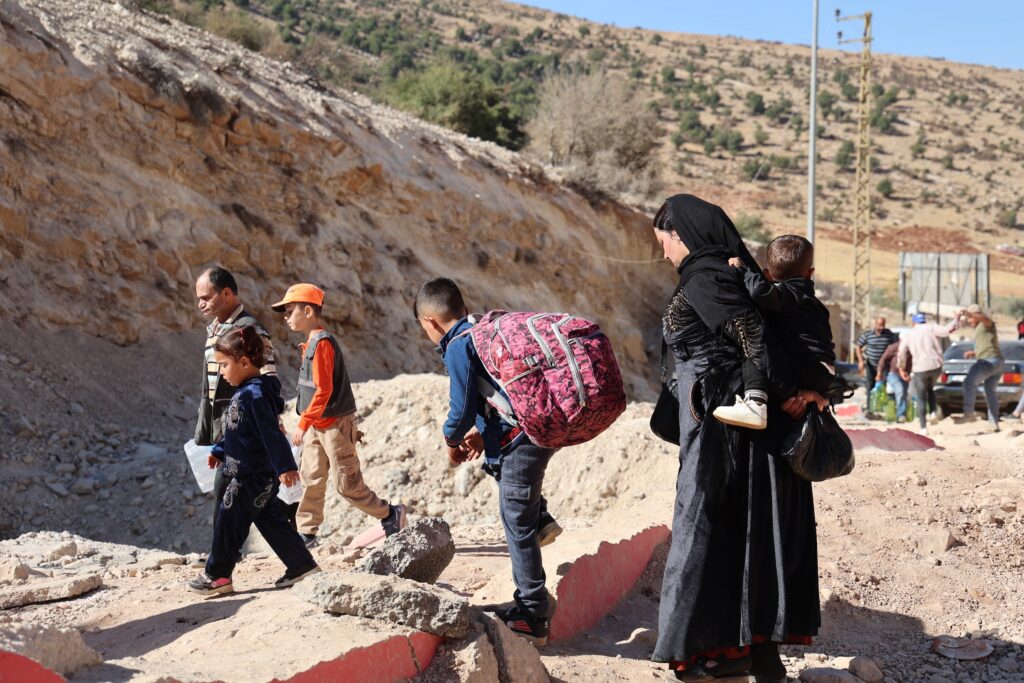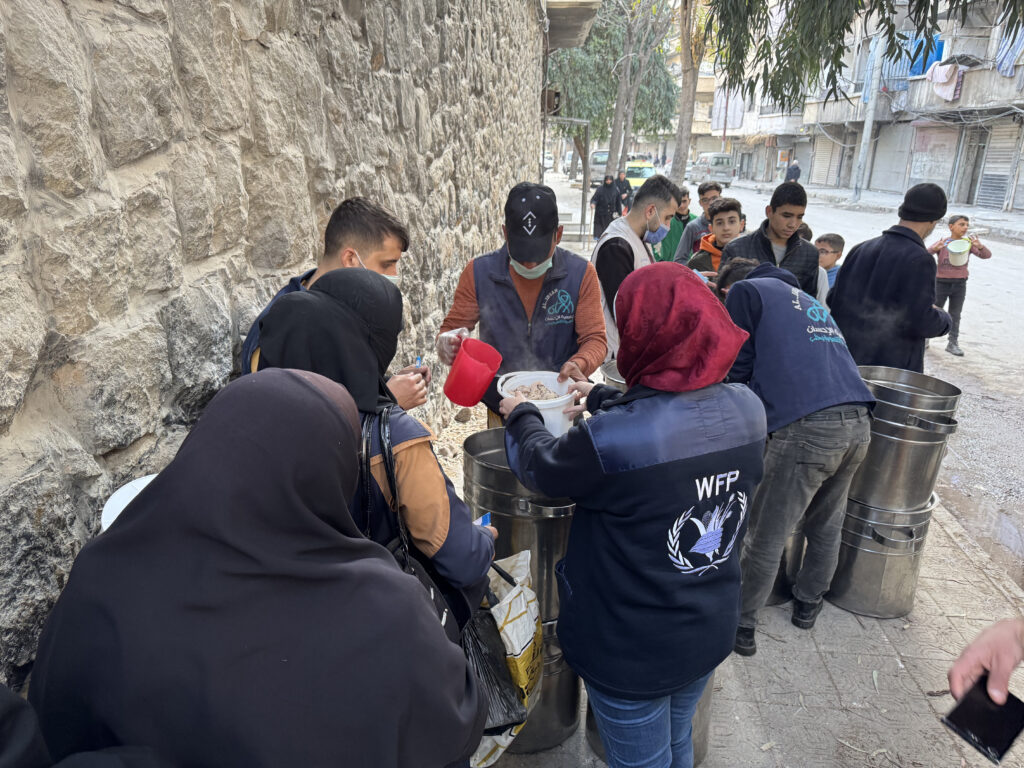What’s Happening in Syria? How the Civil War Is Worsening Hunger Among Civilians

Editor’s note: Events in Syria are changing rapidly; we will update this article as new information is confirmed.
Syria has been engulfed in a civil war for over a decade, seemingly with no end in sight, but a recent escalation in conflict has changed the situation abruptly. So, how did Syria’s civil war affect civilians? Here’s a very simple explanation of a very complex problem.
What’s Going on in Syria Right Now?
On December 8, 2024, opposition forces took over the Syrian capital of Damascus and forced out President Bashar Al-Assad. The swift change in power has brought a certain kind of relief to Syrians, but the future of the country remains uncertain considering the catastrophic toll the conflict has on its civilians.
What is certain is that the United Nations World Food Programme (WFP) will continue to provide critical humanitarian aid to civilians experiencing the most extreme forms of hunger.
An Overview of the Civil War in Syria: How It Began
Syrians have unfortunately been through several tumultuous decades of conflict, but the most recent war began in 2011 against a backdrop of a climate crisis.
From 2006 to 2011, an extreme drought pushed hundreds of thousands of people – mostly rural farmers – into hunger and poverty. Many left their homes and farmland in search of food in urban centers. In the midst of this climate emergency, the Arab Spring – a wave of pro-democracy protests – unfolded in 2010 and swept across numerous countries in the Middle East. In Syria, economic hardship coupled with social frustrations culminated in widespread protests.
It was in the impoverished drought-stricken rural province of Daraa, in southern Syria, that the first major protests occurred in March 2011.
Learn more about the link between climate, conflict and hunger in our report, Dangerously Hungry >
The government responded with violent suppression. Multiple opposition groups formed, and the conflict quickly escalated. Over the next decade, the civil war continued to worsen as more groups became involved.
More Humanitarian Crises in Syria

During the civil war, other crises in Syria and around the world made a bad situation even worse.
Syria entered another drought in 2021 that continues to this day. Water shortages, withering farmland and massive spikes in food prices have driven millions of people into deep hunger.
In 2022, the war in Ukraine began and sent shockwaves across the global economy. The economic ripple effects of the war were especially harsh on countries in the Middle East and Africa. While the cost of food and fuel were already climbing in Syria from the drought and civil war, the war in Ukraine conflict sent it skyrocketing. Learn more about how the war in Ukraine immediately affected hunger in Syria. 
A year later in February of 2023, two earthquakes struck along the border of Syria and Türkiye. Nearly 6,000 Syrians lost their lives while 600,000 were displaced. The U.N. World Food Programmed delivered food to over a million people affected by the quakes in northern Syria who were already food insecure from the ongoing conflict. Learn more about WFP’s emergency response during the earthquakes.
In September of 2024, escalating conflict in Lebanon, a spillover of the conflict in Gaza, sent over half a million people across the border into Syria. Many of these people were Syrians who had fled to Lebanon for refuge, only to have no other choice but to flee back to Syria. This influx put greater strain on the host communities in Syria who were already hungry.
How Has the Civil War Affected Civilians?

Conflict is the planet’s #1 cause of hunger, and it has devastated the population of Syria in three major ways:
1. displacement
2. poverty
3. hunger
Displacement: This most recent civil war has created the largest refugee crisis in modern history. Since 2011, nearly 13 million Syrians have fled to neighboring countries and North Africa, while more than 7 million are internally displaced. Now, the recent conflict in Lebanon has forced half a million Lebanese citizens to flee into Syria, stretching the country’s resources even further and putting pressure on an already dire situation. Learn more about how displaced people struggle with hunger.
Poverty: Prolonged instability has collapsed the Syrian economy. Before the war, roughly a third of Syrians lived below the poverty line. Today, more than 90% of the population lives below the poverty line – that’s less than $2.15 a day. Meanwhile, the cost of living has tripled over the past three years. Learn more about how poverty increases hunger.
Hunger: As food systems and infrastructure has broken down, the cost of food has spiraled out of control. Today, nearly 13 million Syrians (roughly the population of Illinois) are suffering from extreme hunger.
How Does WFP Provide Humanitarian Aid in Syria?

The U.N. World Food Programme has been active in Syria since 1964. Over the past 13 years, as the conflict created more hunger, we provided lifesaving food to the most vulnerable families. We’re still there today, and we remain committed to reaching people in need however we can. In fact, we run one of the largest humanitarian operations in Syria and have reached 1 million people with food this year:
- We provide specialized, highly fortified food to more than 300,000 infants, toddlers, pregnant women and new moms.
- In schools, we provide fresh meals and nutrient-dense snacks to 460,000 children. This school meals program also primarily employs women, many of whom have been widowed by the conflict.
While we don’t know what this new chapter holds for Syrians, you can be sure the U.N. World Food Programme will be there as a lifeline for those suffering from hunger, and it’s only possible through your support.
You can help feed families in conflict zones like Syria.




